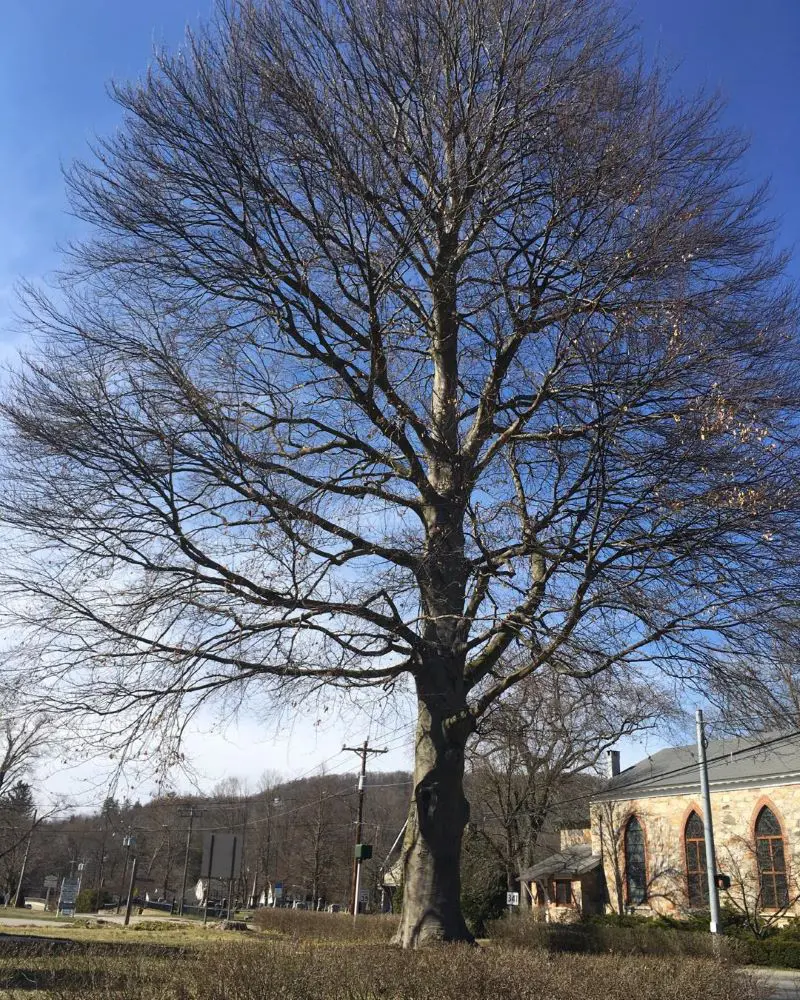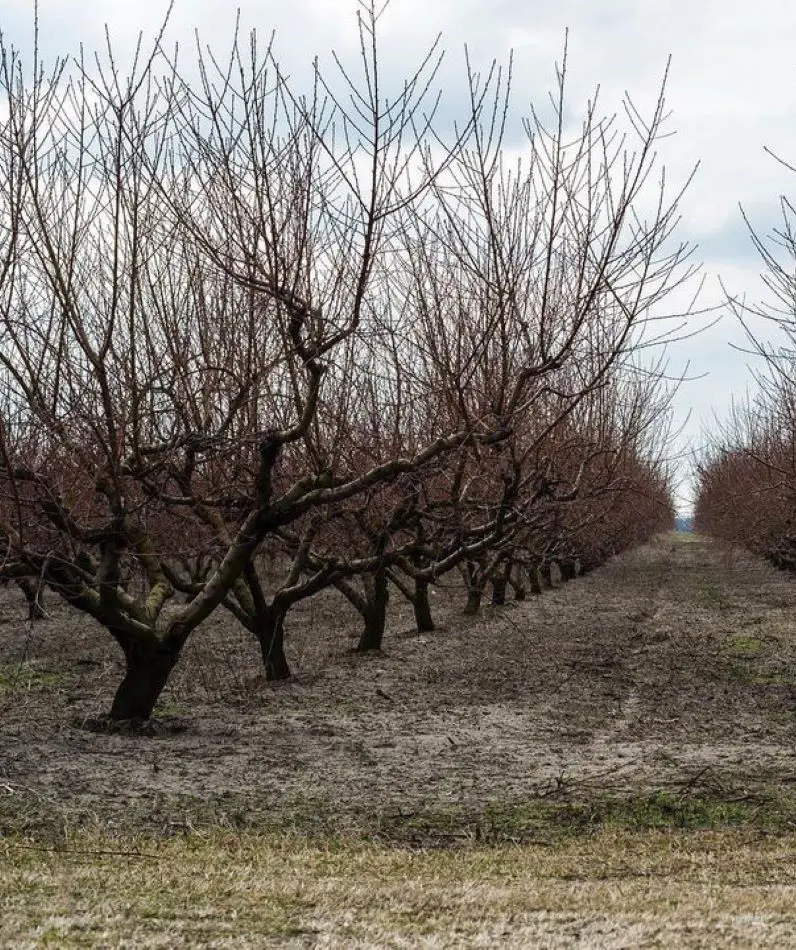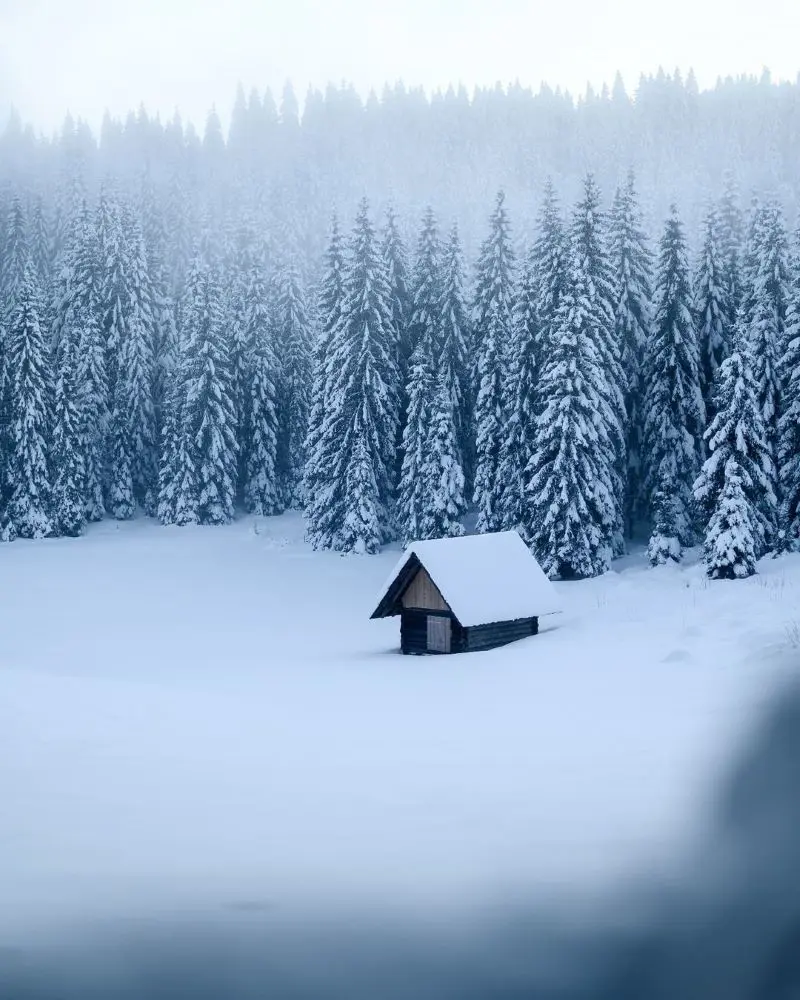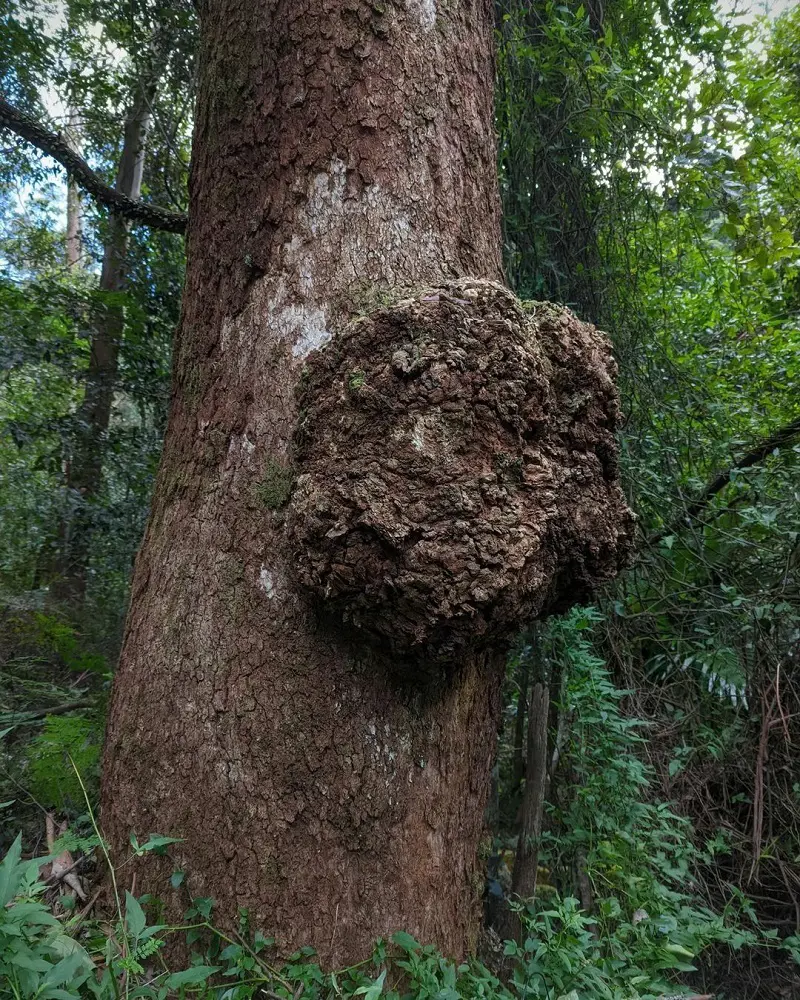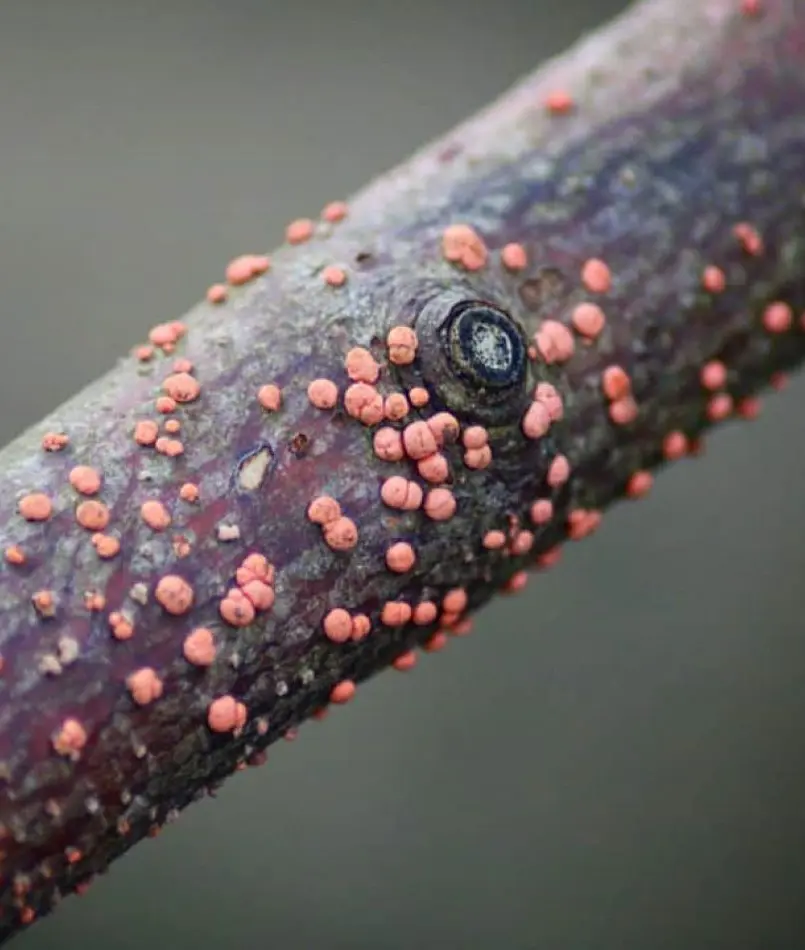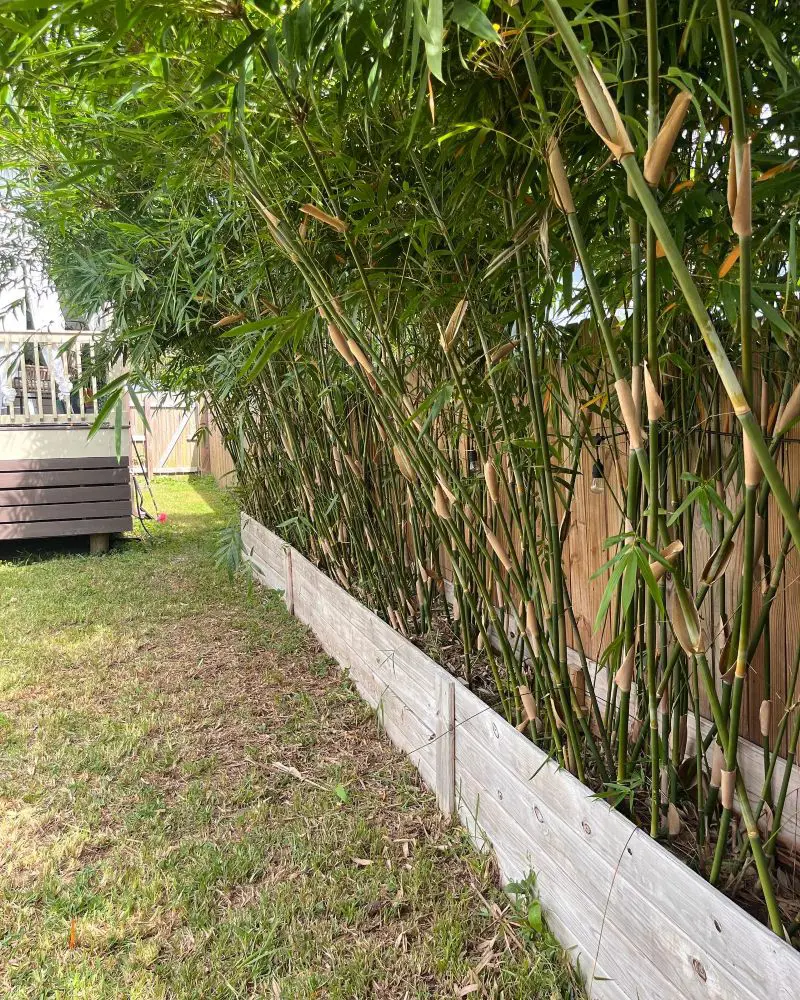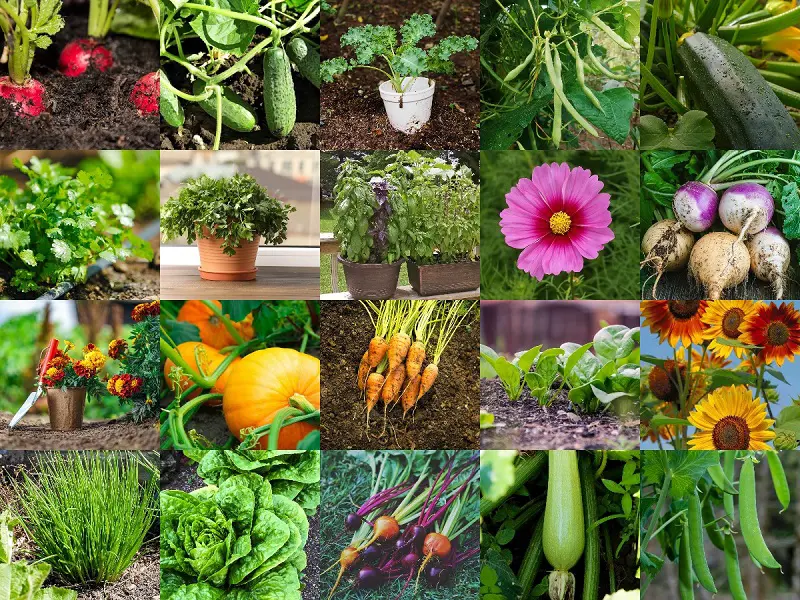Why Do Trees Lose Their Leaves
Before winter, trees lose all their leaves, and there are several reasons for this.
Water Conservation
Trees lose their leaves before winter to conserve water because, during winter, the ground often freezes, making it difficult for trees to absorb water through their roots. Leaves naturally lose water through tiny openings called stomata in a process known as transpiration.
If trees kept their leaves during winter, they would continue losing water but with limited ability to replace it due to the frozen soil. Trees minimize water loss and reduce the risk of dehydration during the cold, dry months by shedding their leaves.
Energy Conservation
During winter, trees lose their leaves to conserve energy because maintaining leaves takes a lot of resources. In the cold months, sunlight is scarce, and photosynthesis—the process by which trees convert sunlight into energy—slows down significantly.
Without enough sunlight, the leaves cannot produce enough energy to justify their upkeep. By dropping their leaves, trees reduce the amount of energy they need to survive. This allows them to focus on keeping their vital parts, like the trunk and roots, healthy until spring, when they can start growing again.
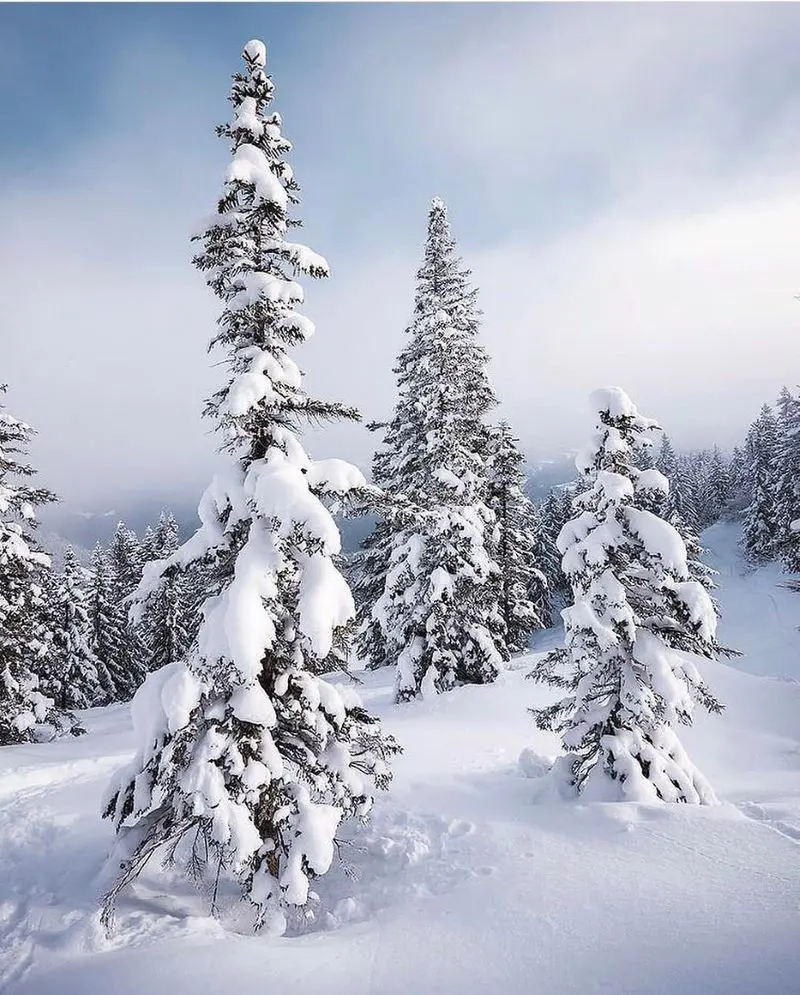
Protection from Damage
Leaves can catch and hold onto snow and ice, which adds extra weight to the tree's branches. This added weight can cause branches to bend, crack, or break, especially during heavy snowfalls or ice storms.
By shedding their leaves before winter, trees reduce this risk. Without leaves, there's less surface area for snow and ice to accumulate, making it easier for the branches to withstand the weight and reducing the chances of damage.
Disease and Pest Prevention
Shedding leaves before winter helps trees avoid disease and pests. During winter, the tree's defenses are lower because it is dormant, making it more vulnerable. Leaves can harbor fungi, bacteria, and insects that could harm the tree if they remain attached.
When the leaves fall, they take these potential threats with them, reducing the chances of infection or pest infestation during the cold months. This natural process helps the tree stay healthier and more resilient when growth resumes in the spring.
Nutrient Recycling
Before trees shed their leaves in the fall, they start nutrient recycling. During this process, trees break down the nutrients stored in the leaves, like nitrogen, phosphorus, and potassium, and move them back into the tree's branches, trunk, and roots.
This allows the tree to store these essential nutrients for the winter, helping it survive the cold months when it cannot produce new nutrients through photosynthesis. When the leaves finally fall, they have already given back most of their valuable nutrients to the tree, ensuring it has the resources for the next growing season.
Preparing for New Growth
When trees drop their leaves in the fall, it helps them get ready for new growth in the spring. Shedding old leaves clears space for fresh ones to emerge when the weather warms up.
This ensures the tree can start the growing season with a clean slate, benefiting from new, healthy leaves that can efficiently capture sunlight and perform photosynthesis. Essentially, by letting go of old leaves, the tree prepares itself to make the most of the upcoming growing season.
